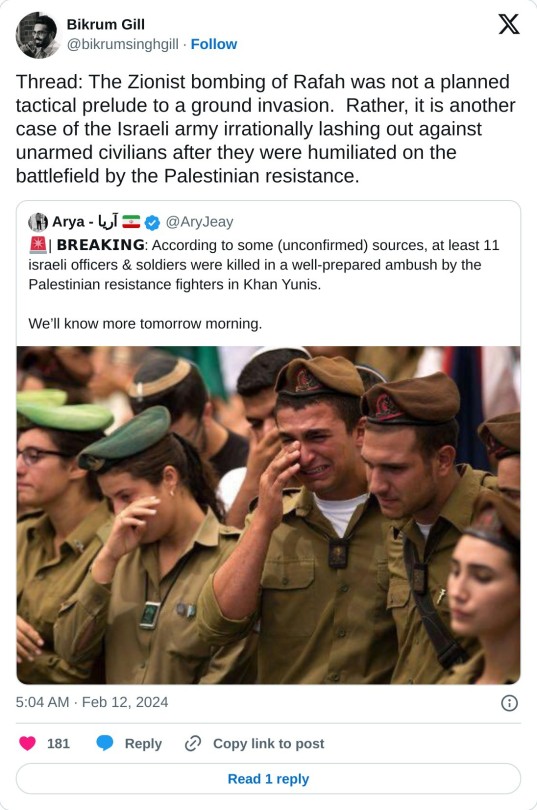Text
i know people are not reading the posts of Palestinian's pleading for your attention I know for some they might even think they are repetitive or tiring but every single one of these people are risking their lives to come ask for your help that every single life is valuable and every person is a universe and I am begging you if you see this please donate what you can and help share these fundraisers as if you were doing it for your own loved ones please don't ignore this!
Save Dr. Farhat's family from genocide in Gaza (vetted) goal at 41%!
Help Heba and her 3 children survive and reunite with father (vetted) goal at 12%! URGENT FOR MEDICAL CARE!
Help me build a new future for my family. (donations protected) goal at 2%! LOW FUNDS!
Support Moomen family in Gaza (vetted) goal at 5%! LOW FUNDS! LAST DONATION 7 DAYS AGO!
Help me escape the Gaza war and start again (donations protected) goal at 0%! LOW FUNDS! LAST DONATION 1 MONTH AGO!
Help Hamdi and his family get out of Gaza (vetted by association) goal at 0%! LOW FUNDS! LAST DONATION 6 DAYS AGO!
Support a Family's Journey to Safety and Peace (vetted) goal at 10%! LAST DONATION 18 HOURS AGO!
Help Shima’s Family Find Safety in Gaza (donations protected) goal at 1%! LOW FUNDS!
Donate to help Mysolin's family from the war in Gaza (vetted) goal at 1%! LOW FUNDS! LAST DONATION 2 DAYS AGO!
SAVE my family from the war in Gaza - Rafah (vetted) goal at 23%!
Help me so I can get my life back (donations protected) goal at 0%! ONLY 5 EUROS RAISED! LAST DONATION 13 DAYS AGO!
Helping Mohammad and his family escape genocide (vetted) goal at 6%! LAST DONATION 14 HOURS AGO!
Help Save Ahmed Family From Gaza (vetted by association) goal at 16%! LAST DONATION 2 DAYS AGO!
Help me find shelter and work (vetted) goal at 65%! LAST DONATION 2 DAYS AGO!
Please Help Hani and His Family Safely Evacuate Gaza (vetted) goal at 10%! LAST DONATION 4 DAYS AGO!
Help Grandma Reem and her family live in Gaza (vetted) goal at 14%! LOW FUNDS!
Help Ahmed to save him and treat his teeth (vetted) goal at 6%!
These people have reached out in asks as of 22/11/24. All of this are vetted and/or donation protected!
15K notes
·
View notes
Note
Hello my dear❤️
I'm Rasmi from Gaza supporting my wife, Eslam, and she a mother of two girls, Hanaa, 5 years old, and Alma, 11 months old.
We are all exposed to a genocide in which we lost our home, our work, our car, and 11 members of my family.
My children suffer from malnutrition and intestinal infections from living in the squalid tent😭
I’m not a beggar 💔 I had the most beautiful life, a wonderful, big home, and a respectable job. I hope that you will donate a little, 40$ or 50$ from each person. It will make a difference with me so that we can start a new life outside of the stricken Gaza.💔
Please donate or reblog the pinned post on my profile to save the lives of my two girls before it is too late 🥺
‼️‼️ I'm verified by beesandwaterlemon / dlxxv_donations and 90-ghost‼️‼️
❤️🩹 https://gofund.me/a2ccf744 ❤️🩹
For quick reference, this GFM is in the verified doc here under 308. Please donate or share!
7 notes
·
View notes
Text

It's finally time to reveal my piece for @palimpsestzine!
This was the first zine I ever participated in and I couldn't have asked for a better experience. A group of amazing and lovely artists coming together for a great project <3
If you haven't yet, go check out the full zine on itch.io! Donations will be open until the end of the month and all funds will go to Librarians and Archivists with Palestine. You'll be able to access some extra content and find out about the creative process behind it, too!
3K notes
·
View notes
Text
I want to die in Gaza. I'm not very interested in my life, but please don't let me see my sisters and brothers die in front of me. Please help us evacuate them from Gaza. There isn't much money left to evacuate them. Please donate and share the campaign..
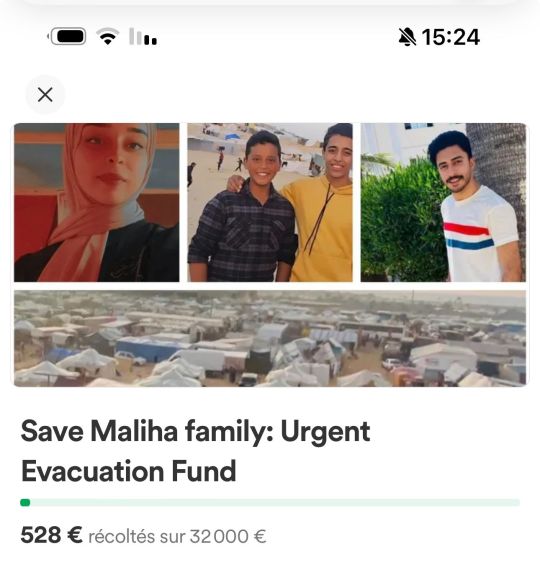
20K notes
·
View notes
Text
“Make a difference today! Your donation can change lives.”🙏
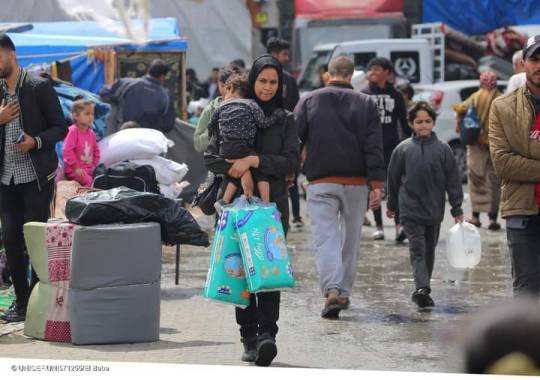
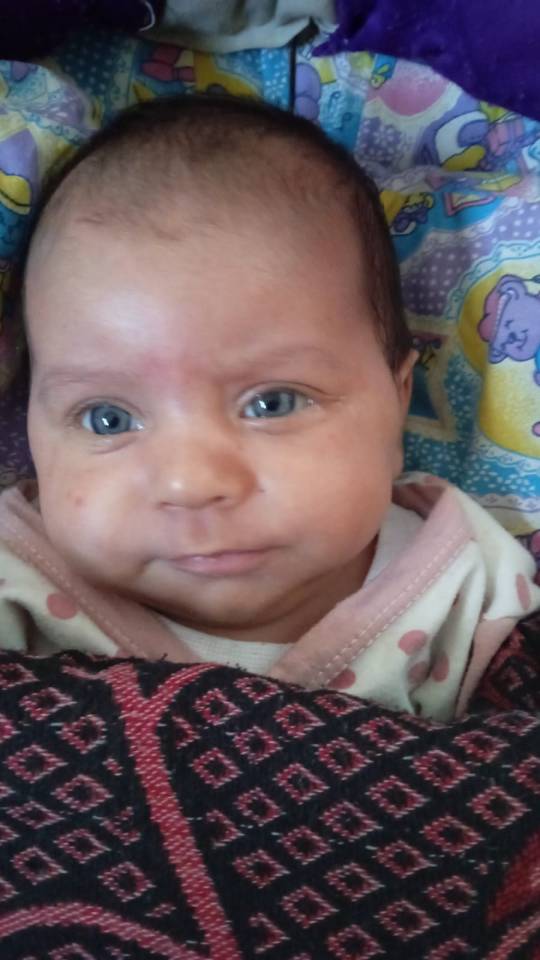
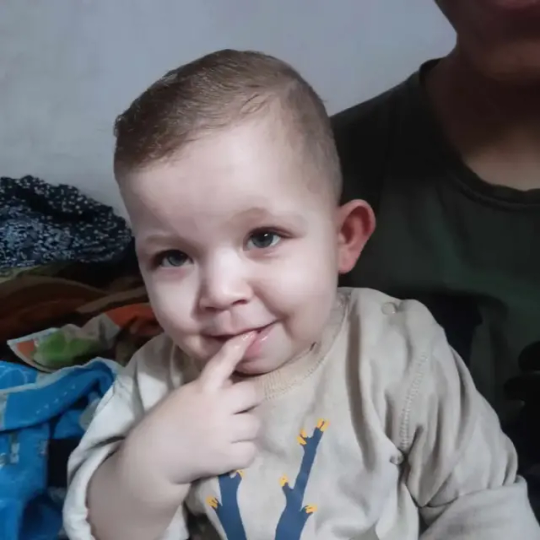
8K notes
·
View notes
Text
Please if you have the means consider buying an e-sim for Gaza! It’s very quick and easy!
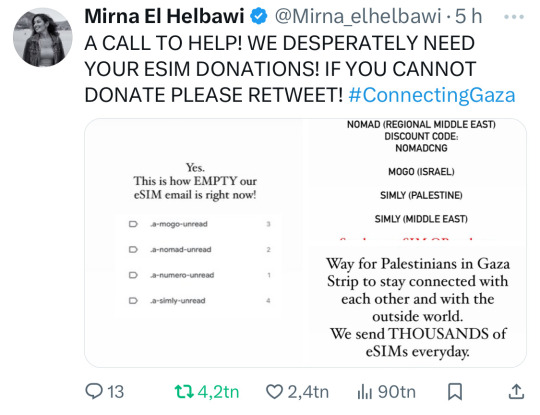
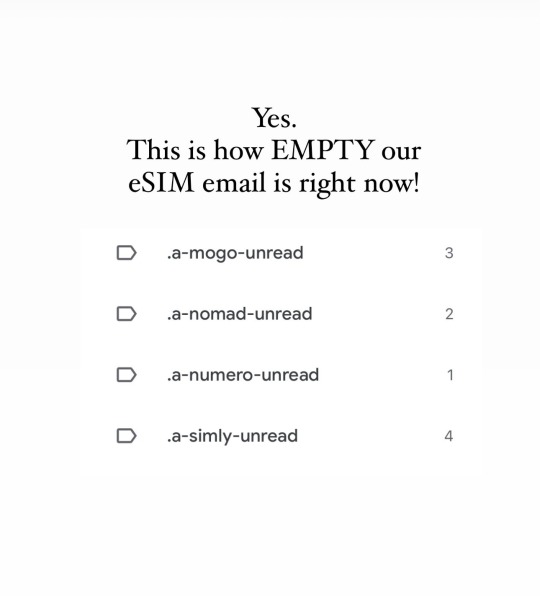
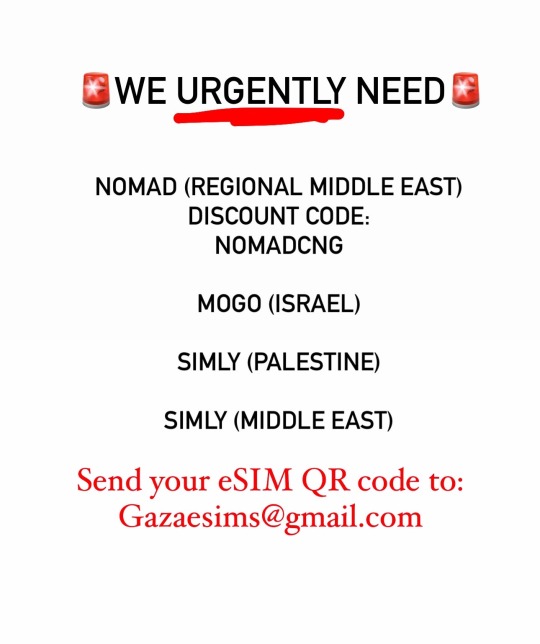

Link to gazaesims ->
25K notes
·
View notes
Text
What does life in North Korea look like outside of Pyongyang? 🇰🇵
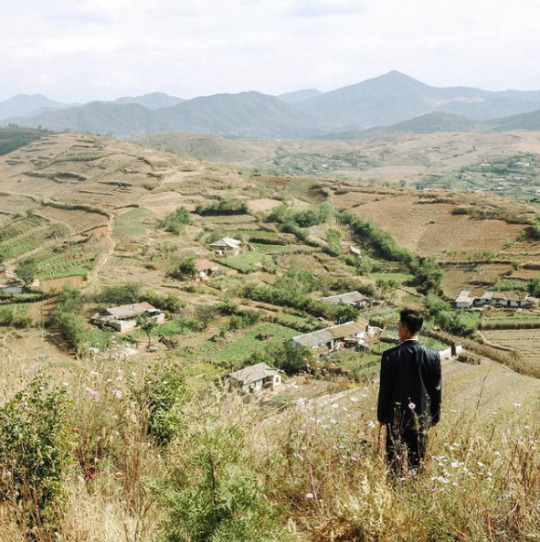
Hey, I'm back again with a very scary "tankie" post that asks you to think of North Koreans as people, and to consider their country not as a cartoonish dystopia, but as a nation that, like any other place on earth, has culture, traditions, and history.
Below is a collection of pictures from various cities and places in North Korea, along with a brief dive into some of the historical events that informs life in the so-called "hermit kingdom."
Warning: very long post
Kaesong, the historic city
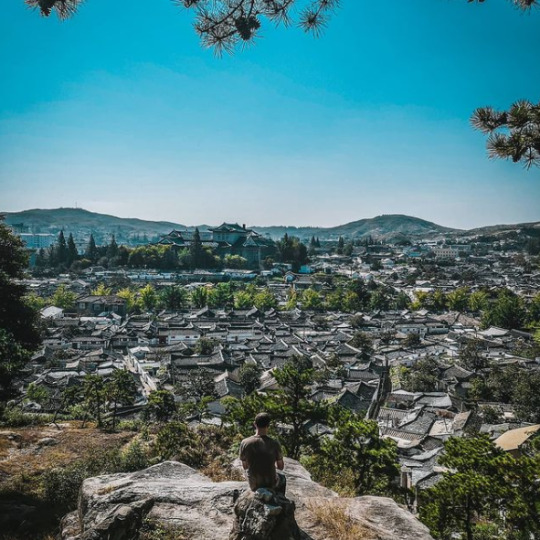
Beginning this post with Kaesong, one of the oldest cities in Korea. It's also one of the few major cities in the DPRK (i.e. "North Korea") that was not completely destroyed during the Korean war.
Every single city you'll see from this point on were victims of intense aerial bombardments from the U.S. and its allies, and had to be either partially or completely rebuilt after the war.
From 1951 to 1953, during what has now become known as the "forgotten war" in the West, the U.S. dropped 635,000 tons of bombs over Korea — most of it in the North, and on civilian population centers. An additional 32,000 tons of napalm was also deployed, engulfing whole cities in fire and inflicting people with horrific burns:
For such a simple thing to make, napalm had horrific human consequences. A bit of liquid fire, a sort of jellied gasoline, napalm clung to human skin on contact and melted off the flesh. Witnesses to napalm's impact described eyelids so burned they could not be shut and flesh that looked like "swollen, raw meat." - PBS
Ever wondered why North Koreans seem to hate the U.S so much? Well...
Keep in mind that only a few years prior to this, the U.S. had, as the first and only country in the world, used the atomic bomb as a weapon of war. Consider, too, the proximity between Japan and Korea — both geographically and as an "Other" in the Western imagination.
As the war dragged on, and it became clear the U.S. and its allies would not "win" in any conventional sense, the fear that the U.S. would resort to nuclear weapons again loomed large, adding another frightening dimension to the war that can probably go a long way in explaining the DPRK's later obsession with acquiring their own nuclear bomb.
But even without the use of nuclear weapons, the indiscriminate attack on civilians, particularly from U.S. saturation bombings, was still horrific:
"The number of Korean dead, injured or missing by war’s end approached three million, ten percent of the overall population. The majority of those killed were in the North, which had half of the population of the South; although the DPRK does not have official figures, possibly twelve to fifteen percent of the population was killed in the war, a figure close to or surpassing the proportion of Soviet citizens killed in World War II" - Charles K. Armstrong
On top of the loss of life, there's also the material damage. By the end of the war, the U.S. Air Force had, by its own estimations, destroyed somewhere around 85% of all buildings in the DPRK, leaving most cities in complete ruin. There are even stories of U.S. bombers dropping their loads into the ocean because they couldn't find any visible targets to bomb.
What you'll see below of Kaesong, then, provides both a rare glimpse of what life in North Korea looked like before the war, and a reminder of what was destroyed.
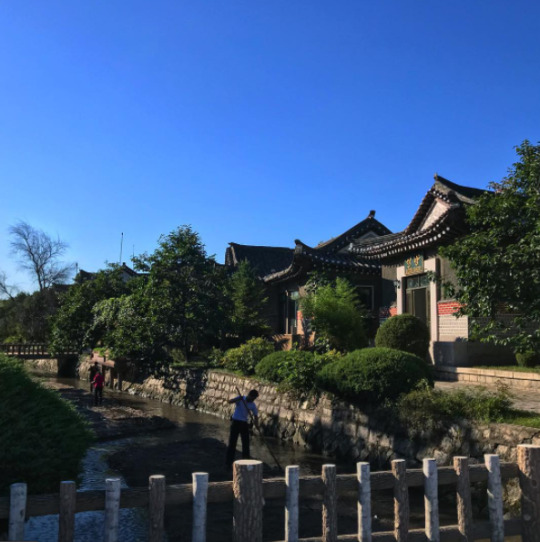
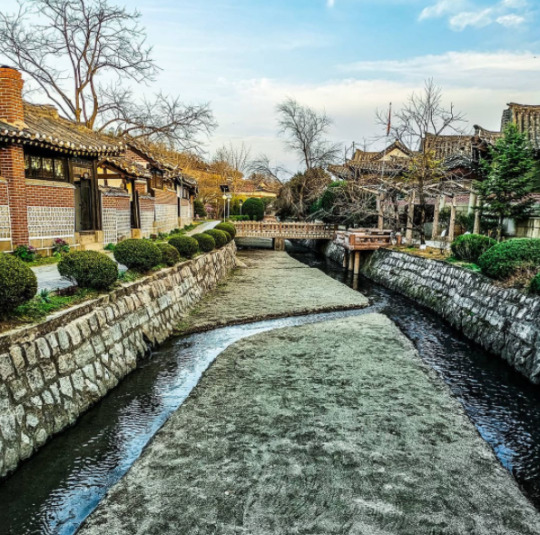
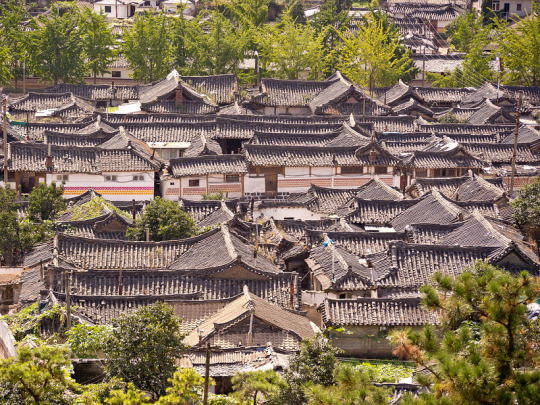
Kaesong's main street, pictured below.
Due the stifling sanctions imposed on the DPRK—which has, in various forms and intensities, been in effect since the 1950s—car ownership is still low throughout the country, with most people getting around either by walking or biking, or by bus or train for longer distances.
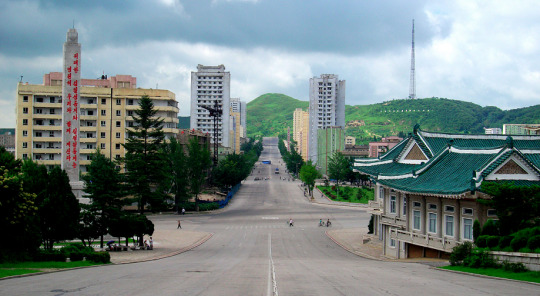
Kaesong, which is regarded as an educational center, is also notable for its many Koryŏ-era monuments. A group of twelve such sites were granted UNESCO world heritage status in 2013.
Included is the Hyonjongnung Royal Tomb, a 14th-century mausoleum located just outside the city of Kaesong.
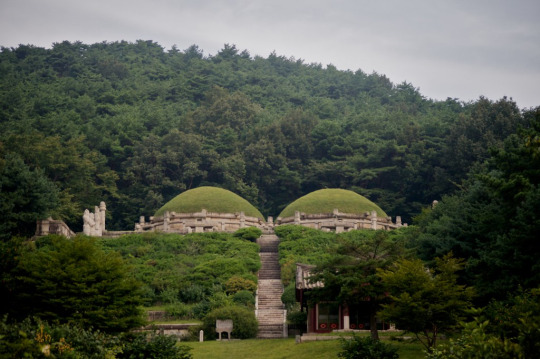
One of the statues guarding the tomb.
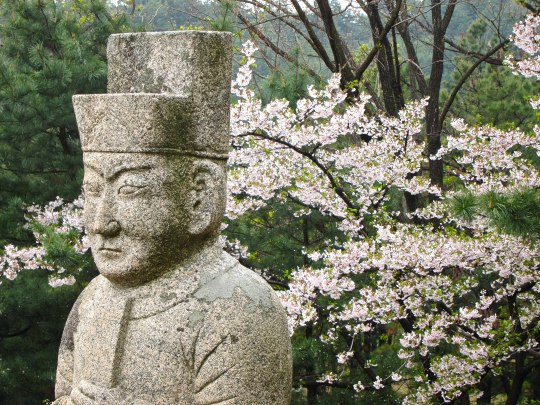
Before moving on the other cities, I also wanted to showcase one more of the DPRK's historical sites: Pohyonsa, a thousand-year-old Buddhist temple complex located in the Myohyang Mountains.
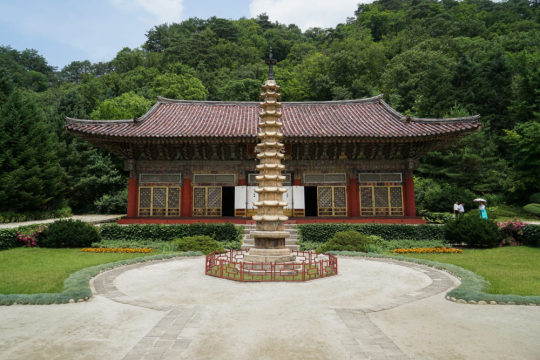
Like many of DPRK's historic sites, the temple complex suffered extensive damage during the Korean war, with the U.S. led bombings destroying over half of its 24 pre-war buildings.
The complex has since been restored and is in use today both as a residence for Buddhist monks, and as a historic site open to visitors.
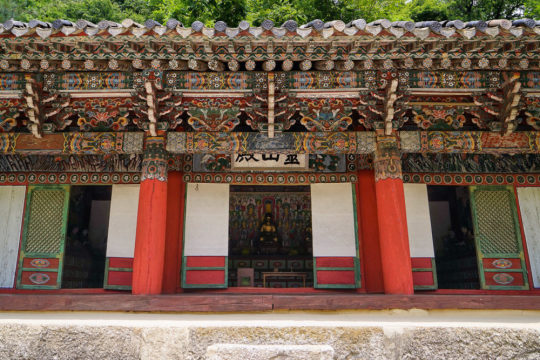
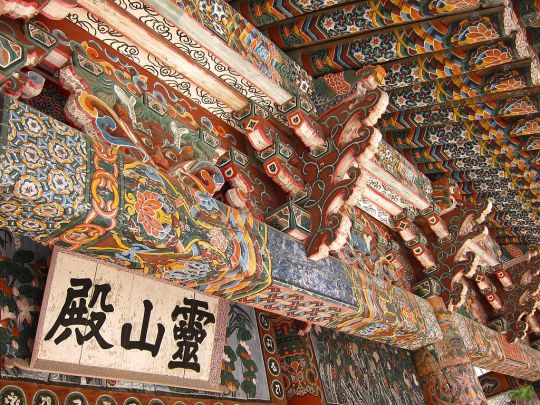
Hamhung, the second largest city in the DPRK.
A coastal city located in the South Hamgyŏng Province. It has long served as a major industrial hub in the DPRK, and has one of the largest and busiest ports in the country.
Hamhung, like most of the coastal cities in the DPRK, was hit particularly hard during the war. Through relentless aerial bombardments, the US and its allies destroyed somewhere around 80-90% percent of all buildings, roads, and other infrastructure in the city.
Now, more than seventy years later, unexploded bombs, mortars and pieces of live ammunition are still being unearthed by the thousands in the area. As recently as 2016, one of North Korea's bomb squads—there's one in every province, faced with the same cleanup task—retrieved 370 unexploded mortar rounds... from an elementary school playground.
Experts in the DPRK estimate it will probably take over a hundred years to clean up all the unexploded ordnance—and that's just in and around Hamhung.
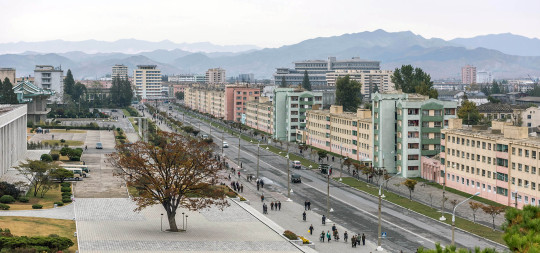
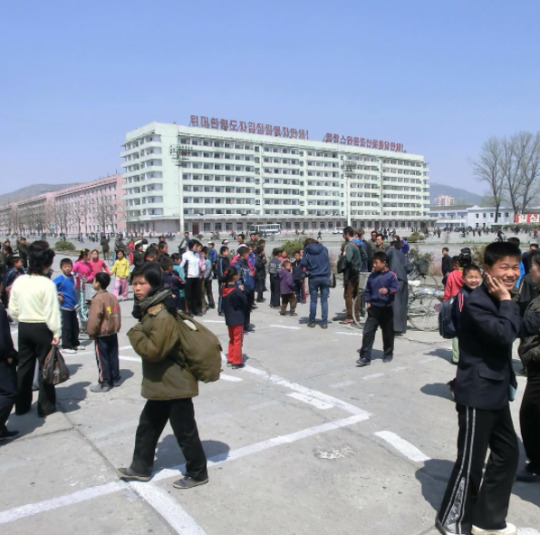
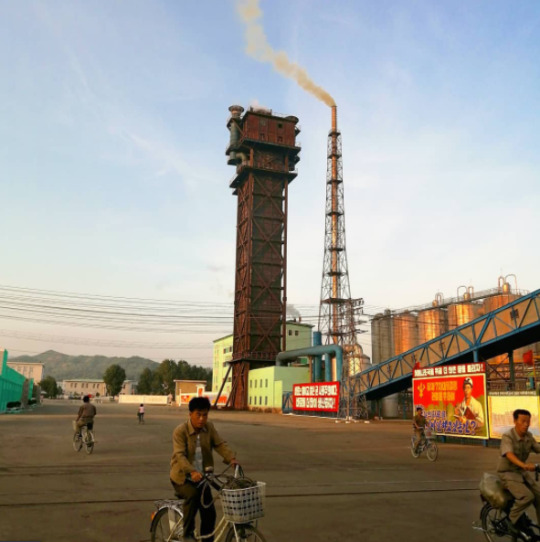
Hamhung's fertilizer plant, the biggest in North Korea.
When the war broke out, Hamhung was home to the largest nitrogen fertilizer plant in Asia. Since its product could be used in the creation of explosives, the existence of the plant is considered to have made Hamhung a target for U.S. aggression (though it's worth repeating that the U.S. carried out saturation bombings of most population centers in the country, irrespective of any so-called 'military value').
The plant was immediately rebuilt after the war, and—beyond its practical use—serves now as a monument of resistance to U.S. imperialism, and as a functional and symbolic site of self-reliance.
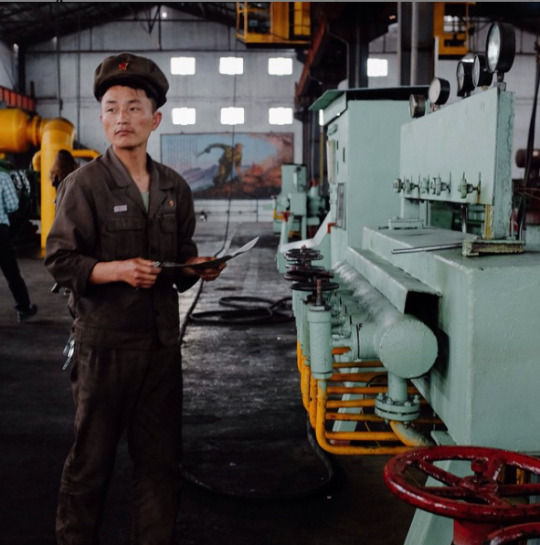
Chongjin, the third largest city in the DPRK.
Another coastal city and industrial hub. It underwent a massive development prior to the Korean war, housing around 300,000 people by the time the war broke out.
By 1953, the U.S. had destroyed most of Chongjin's industry, bombed its harbors, and killed one third of the population.
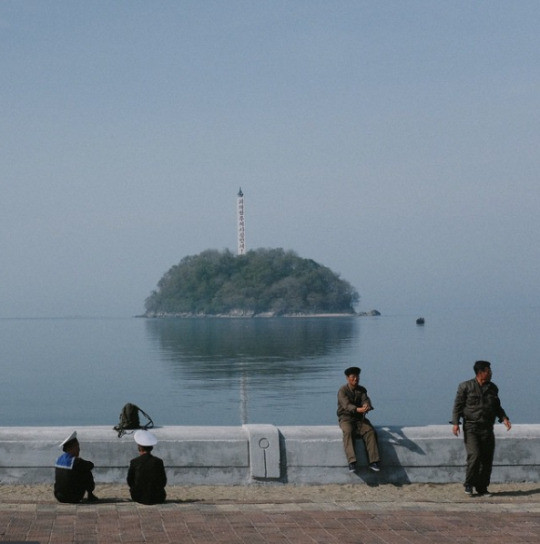
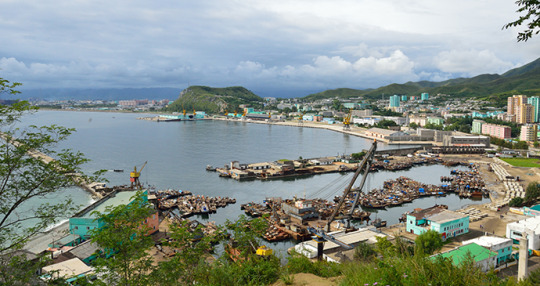
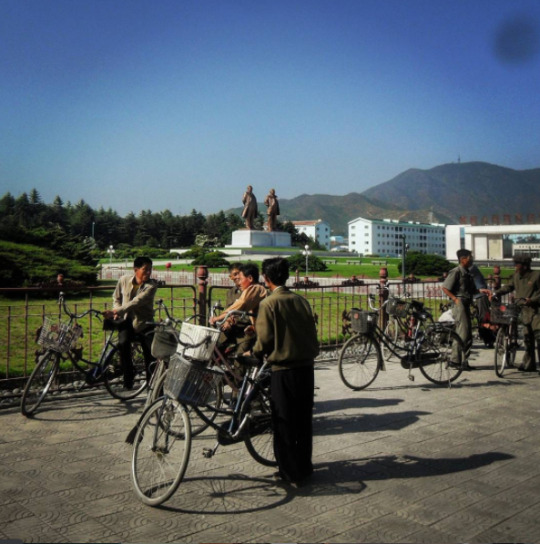
Wonsan, a rebuilt seaside city.
The city of Wonsan is a vital link between the DPRK's east and west coasts, and acts today as both a popular holiday destination for North Koreans, and as a central location for the country's growing tourism industry.
Considered a strategically important location during the war, Wonsan is notable for having endured one of the longest naval blockades in modern history, lasting a total of 861 days.
By the end of the war, the U.S. estimated that they had destroyed around 80% of the city.
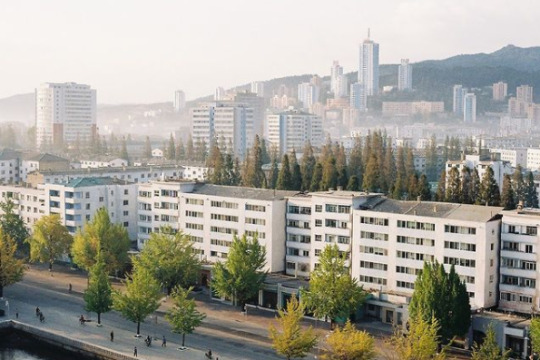
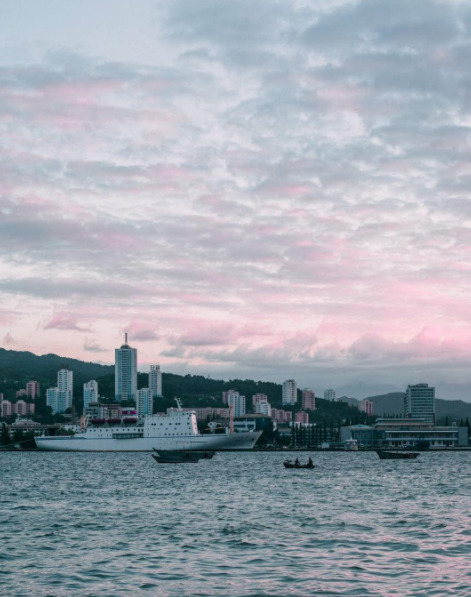
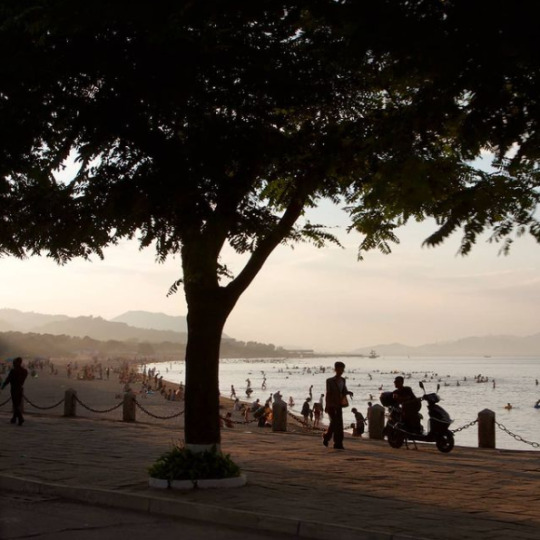
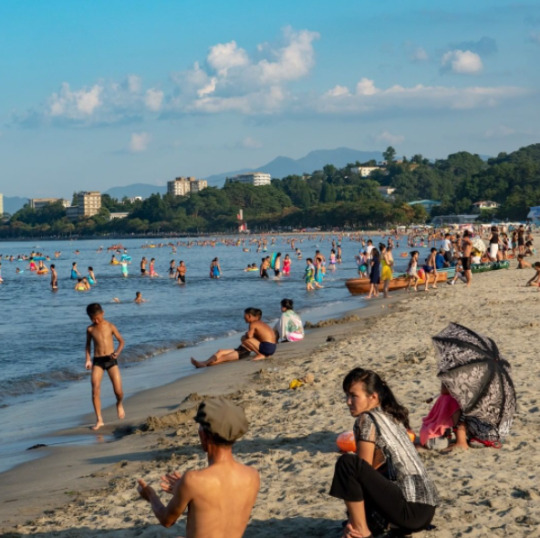
Masikryong Ski Resort, located close to Wonsan. It opened to the public in 2014 and is the first, I believe, that was built with foreign tourists in mind.
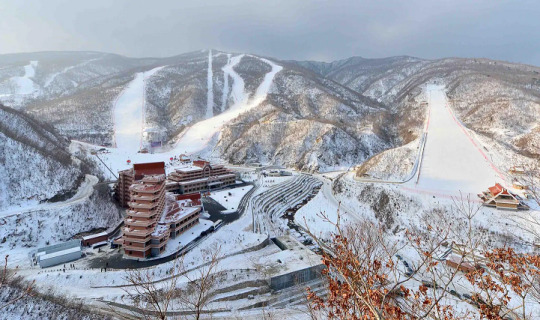
Sariwon, another rebuilt city
One of the worst hit cities during the Korean War, with an estimated destruction level of 95%.
I've written about its Wikipedia page here before, which used to mockingly describe its 'folk customs street'—a project built to preserve old Korean traditions and customs—as an "inaccurate romanticized recreation of an ancient Korean street."
No mention, of course, of the destruction caused by the US-led aerial bombings, or any historical context at all that could possibly even hint at why the preservation of old traditions might be particularly important for the city.
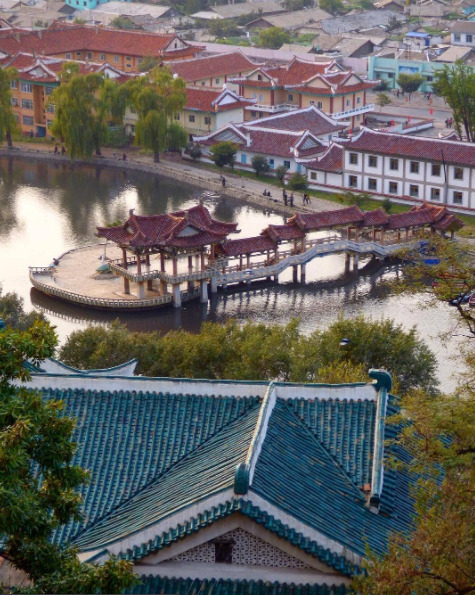
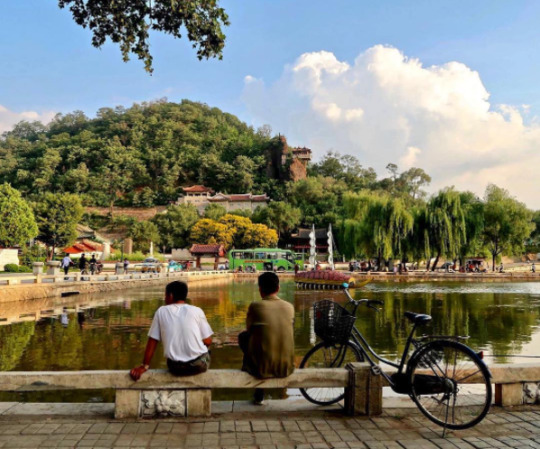
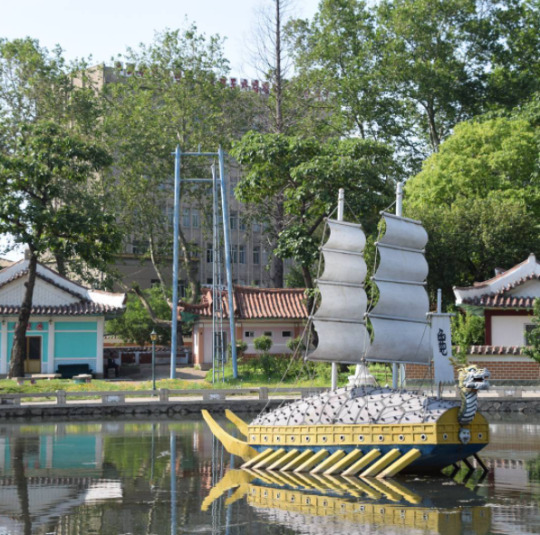
Life outside of the towns and cities
In the rural parts of the DPRK, life primarily revolves around agriculture. As the sanctions they're under make it difficult to acquire fuel, farming in the DPRK relies heavily on manual labour, which again, to avoid food shortages, requires that a large portion of the labour force resides in the countryside.
Unlike what many may think, the reliance on manual labour in farming is a relatively "new" development. Up until the crisis of the 1990s, the DPRK was a highly industrialized nation, with a modernized agricultural system and a high urbanization rate. But, as the access to cheap fuel from the USSR and China disappeared, and the sanctions placed upon them by Western nations heavily restricted their ability to import fuel from other sources, having a fuel-dependent agricultural industry became a recipe for disaster, and required an immediate and brutal restructuring.
For a more detailed breakdown of what lead to the crisis in the 90s, and how it reshaped the DPRKs approach to agriculture, check out this article by Zhun Xu.
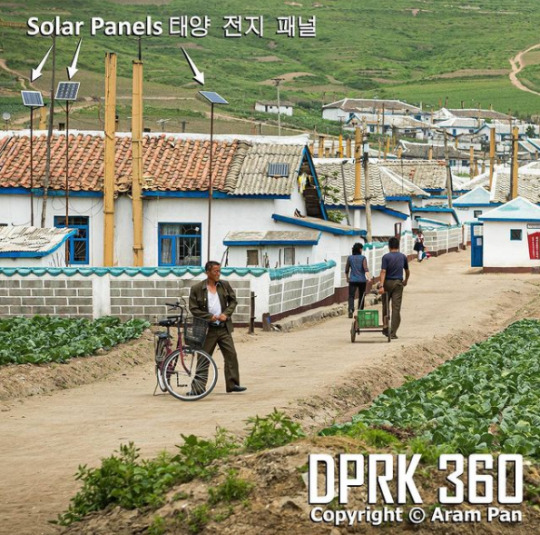
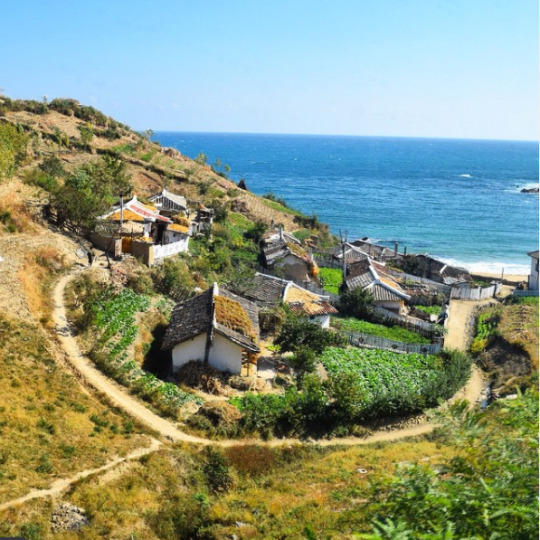
Some typical newly built rural housing, surrounded by farmland.
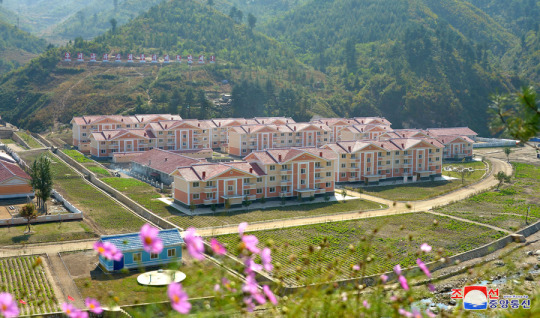
Tumblr only allows 20 pictures per post, but if you want to see more pictures of life outside Pyongyang, check out this imgur album.
7K notes
·
View notes
Text

PALIMPSEST: A PENTIMENT FANZINE is OUT right NOW! Pay what you want for an amazing piece of fanwork from a lot of dedicated artists and help a good cause! @palimpsestzine
and if you wanna see more than a preview of my piece ;)
81 notes
·
View notes
Photo
happy easter bitches


Details from Mattias Grünwald’s Isenheim Altarpiece: Crucifixion and Resurrection.
Source (s)
9 notes
·
View notes
Photo



Watch: Lost Cities of Palestine
An extraordinary insight into Palestinian city life before the Nakba of 1948 that reveals the loss of culture and lifestyle. From Jaffa’s citrus trade, commercial life, press and politics to music, cinema and theatre. All were alive and thriving, but the impact of 1948 was crushing. Zionism has led to the loss of Palestinian city identity both geographically and in people’s memories.
3K notes
·
View notes
Text
PALESTINE FILM INDEX
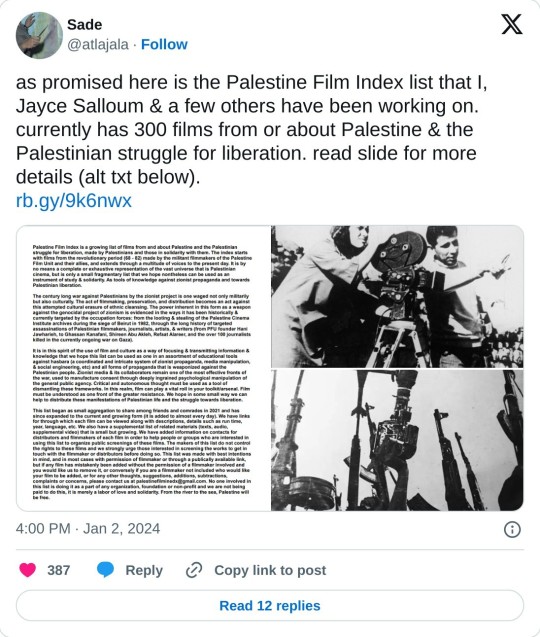
Palestine Film Index is a growing list of films from and about Palestine and the Palestinian struggle for liberation, made by Palestinians and those in solidarity with them. The index starts with films from the revolutionary period (68 - 82) made by the militant filmmakers of the Palestine Film Unit and their allies, and extends through a multitude of voices to the present day. It is by no means a complete or exhaustive representation of the vast universe that is Palestinian cinema, but is only a small fragmentary list that we hope nontheless can be used as an instrument of study & solidarity. As tools of knowledge against zionist propaganda and towards Palestinian liberation.
The century long war against Palestinians by the zionist project is one waged not only militarily but also culturally. The act of filmmaking, preservation, and distribution becomes an act against this attempted cultural erasure of ethnic cleansing. The power inherent in this form as a weapon against the genocidal project of zionism is evidenced in the ways it has been historically & currently targeted by the occupation forces: from the looting & stealing of the Palestine Cinema Institute archives during the siege of Beirut in 1982, through the long history of targeted assassinations of Palestinian filmmakers, journalists, artists, & writers (from PFU founder Hani Jawharieh, to Ghassan Kanafani, Shireen Abu Akleh, Refaat Alareer, and the over 100 journalists killed in the currently ongoing war on Gaza).
It is in this spirit of the use of film and culture as a way of focusing & transmitting information & knowledge that we hope this list can be used as one in an assortment of educational tools against hasbara (a coordinated and intricate system of zionist propaganda, media manipulation, & social engineering, etc) and all forms of propaganda that is weaponized against the Palestinian people. Zionist media & its collaborators remain one of the most effective fronts of the war, used to manufacture consent through deeply ingrained psychological manipulation of the general public agency. Critical and autonomous thought must be used as a tool of dismantling these frameworks. In this realm, film can play a vital roll in your toolkit/arsenal. Film must be understood as one front of the greater resistance. We hope in some small way we can help to distribute these manifestations of Palestinian life and the struggle towards liberation.
This list began as small aggregation to share among friends and comrades in 2021 and has since expanded to the current and growing form (it is added to almost every day). We have links for through which each film can be viewed along with descriptions, details such as run time, year, language, etc. We also have a supplemental list of related materials (texts, audio, supplemental video) that is small but growing. We have added information on contacts for distributors and filmmakers of each film in order to help people or groups who are interested in using this list to organize public screenings of these films. The makers of this list do not control the rights to these films and we strongly urge those interested in screening the works to get in touch with the filmmaker or distributors before doing so. This list was made with best intentions in mind, and in most cases with permission of filmmaker or through a publically available link, but if any film has mistakenly been added without the permission of a filmmaker involved and you would like us to remove it, or conversely if you are a filmmaker not included who would like your film to be added, or for any other thoughts, suggestions, additions, subtractions, complaints or concerns, please contact us at [email protected]. No one involved in this list is doing it as a part of any organization, foundation or non-profit and we are not being paid to do this, it is merely a labor of love and solidarity. From the river to the sea, Palestine
2K notes
·
View notes
Text
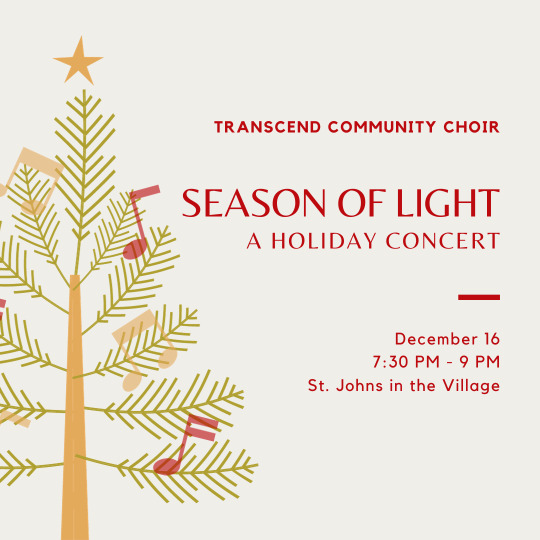
Tickets are live now for my choir's winter concert! TRANScend is an all-trans/gnc choir and we will be performing Saturday, December 16, at 7:30 EST, at St. John's in the Village in NYC. Not a New Yorker? No problem - streaming tickets are available at the link. I hope you'll join us in celebrating the winter season!
11 notes
·
View notes
Text
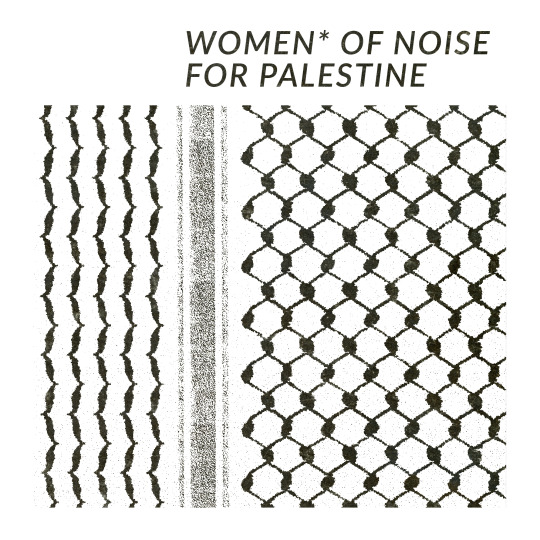
WOMEN OF NOISE FOR PALESTINE
41 tracks from great experimental artists. All proceeds will be donated to the Palestinian Children's Relief Fund. Listen and purchase HERE:
As always, thank you for your support!
4K notes
·
View notes
Text
you can give seven days of internet connection to someone in gaza for just 6 USD
gazaesims.com is a website dedicated to helping people donate esims for people in gaza. there are multiple options for where to purchase an esim to donate, for the price i listed you want to use nomad esims. then use the promotional discount code from this article (BACKPACKNOMAD) to get $3 off your purchase (note: this only applies to the first purchase you make on nomad) this discount obviously also works on the more expensive options too if you are able to spring for those! also it took over an hour for the email with my information to come through so don't panic if it doesn't show up right away.
edit: please see the addition to this post by metadata-uber-alles about a 70% off sale on esims on the platform airalo. we don't know long it will last but it's still ongoing as of november 30th.
79K notes
·
View notes
Text
the municipality of gaza announced it has to halt all waste collection and sewage treatment operations because of the war…..many have said it already but the long-lasting impact this war is going to have on the health of palestinians in gaza can’t be overstated. i think about water stations being targeted by israeli bombers, about the millions of displaced palestinians sharing limited bathrooms, about bisan sharing that she’s been very sick. i think about how contagious covid still is even with normal access to resources like clean water, medication, masks, i think about how many are rightfully concerned about the transmission rates in the us and other countries with relaxed restrictions. where are those people now???
14K notes
·
View notes
